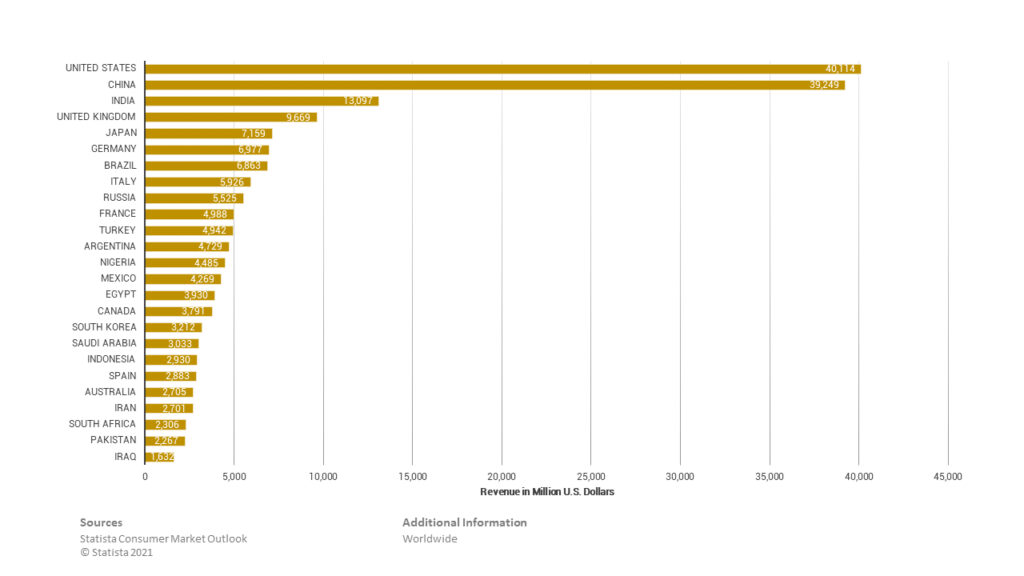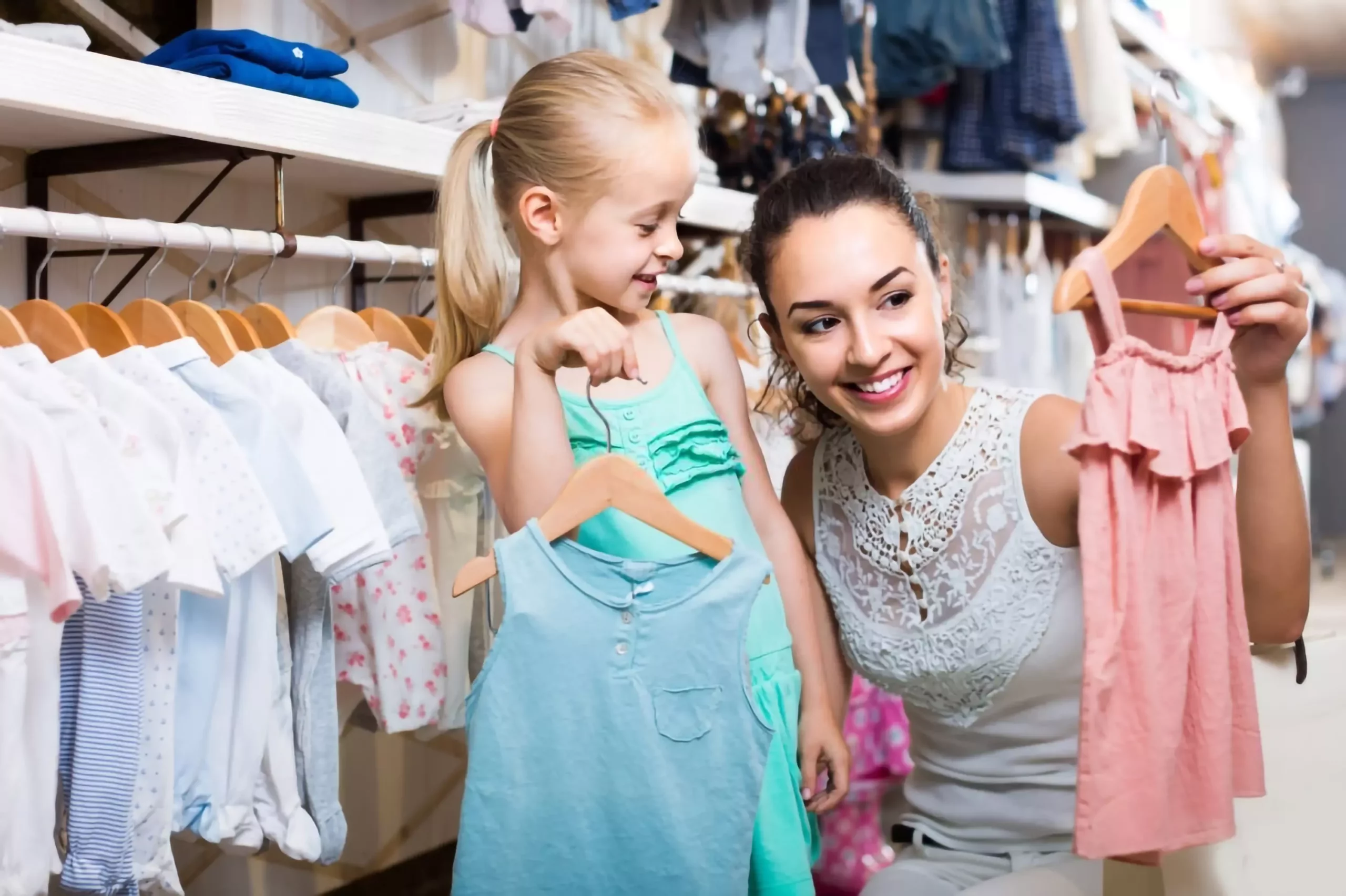The growing trend of social media and the ever-changing trend of apparel has greatly influenced the children’s wear market. The modern age parents are keen on the choice of clothes for their kids and thus increasing the demand for trendy clothes for kids. On the other hand, the sustainable clothing market is being adopted and pushed around the world and so is the case with babywear.
Children’s wear refers to the apparel designed for children in the age group of 0 months to 12 years. This includes innerwear, knitwear, sleepwear, socks, and leggings, which are made from hosiery, cotton, polyester, silk, and satin-based fabrics. Compared to clothing for adults, they are generally more comfortable, flexible, have higher quality fabrics, and are suitable for playing and relaxing. Since baby clothes are neither differentiated by product group nor entered by the number of units in external trade figures, quantities displayed here are indicated in units of 100 grams, unlike the rest of the segment.
The coronavirus pandemic has led to the closure of retail stores and overseas clothing manufacturers due to restrictions on non-essential items, which has displayed a negative impact on the market globally. In addition, the cancellation of events such as baby showers and baby christenings has led to the loss or collapse of the industry.

Children’s wear market and COVID-19 effects
The virus has affected more than 12 million people worldwide (as of July 2020) and affected businesses in almost every industry in the global economy. If we observe closely, as the COVID-19 pandemic situation deteriorated, people were forced to adopt social distancing measures and stay where they are despite what they thought of the pandemic, and fashion retailers were forced to close stores and to some extent cease production. This caused significant financial losses to retailers, and many had to fire their employees and cancel orders from suppliers and kids’ clothing manufacturers.
- The revenue in the baby clothing segment is US$37,317m in 2021. The market is expected to grow by 3.23% annually (CAGR 2021-2026).
- In terms of global revenue, the United States generates the lion’s share (US$7,142 million in 2021).
- In relation to the total population figures, per capita revenue was generated in 2021 of US$4.95.
- In the baby clothes segment, the volume is expected to be 11,656.55m pcs. The baby clothing segment is expected to show volume growth of 11.6% over 2022 by 2026.
- The average per capita volume in the baby clothes segment is expected to be 1.27 pieces in 2021.
Revenue of 2020 in different countries
Between 2015 and 2020, the global children’s wear market grew at a moderate pace. The United States and China are the two most populous countries, with a high infant ratio and demand for baby clothing. COVID-19 made it difficult for the people to show their side of fashion and style due to the lockdown effects and restrictions on gatherings but that doesn’t stop the children from needing the appropriate clothing to stay safe and healthy through the extreme weather and conditions. This also gave the parents a chance to relieve their stresses and focus on something other than the COVID-19. According to Statista Consumer Market Outlook, United States’ baby apparel industry collected a revenue of 40,114 million dollars in the year 2020 which has been the peak time of the pandemic. China being the second in line gained almost 39,249 million dollars from this industry.
India, Japan, Germany, Brazil, and Italy are next with revenues of almost 13,097, 9669, 7,159, 6,977, 6,863, and 5,926 million dollars respectively. So, the trends show that this market in 2020 has been affected by the pandemic as much as any other market or industry if we compare the trends of 2020 with the trends of 2019 or 2018.
Significant children’s wear market share
Due to the increase in infant population, particularly in developing countries such as India and China, Asia-Pacific is expected to hold a considerable market share during the forecast period. Consumption of children’s apparel and footwear is expected to increase in the Asia-Pacific region due to strong economic growth and rising household incomes, thus the higher demand for clothing suppliers and retails within the regions. The rise in the number of high-net-worth individuals and urbanization in Middle Eastern countries, particularly Saudi Arabia, Qatar, and the UAE, is creating enormous opportunities for luxury children’s apparel brands to enter these countries’ apparel markets. Driving the development of the children’s clothing market in the Middle East region.
The rise in disposable income and the growing working population are some of the major factors driving the growth of the market. This, in turn, is expected to fuel the growth of the apparel market in the expected period. Since COVID-19 has seemingly come to an end for now we might be able to see progression in the childrenswear for the coming years. Increasing product customization, innovation, and reasonable pricing of children’s apparel and footwear products are influencing the global market growth.




